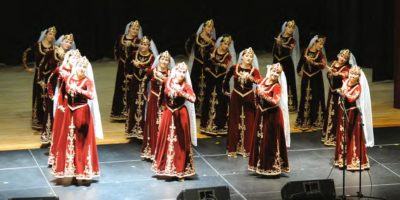By Edmond Y. Azadian
With the spectacular and complete disappearance of the iron curtain, millions of people who had been trapped behind it, suddenly were exposed to the rest of the world. There was a deluge of Western cultural trends inundating the former Soviet republics. Armenia, being one of them, proved to be defenseless against invading trends. First the worst trends took hold among the general public starved of European and Western fads, along with mind-controlling religious sects.
The oligarchs, their children and their families traveling abroad learned very quickly which luxury cars to drive, which fashion houses were the hippest and on which plush resorts to waste their money. However, the West’s finer offerings in the arts and literature proved to be harder to absorb.
The cross-fertilization of contrasting cultural trends have left many people confused, and even some experts at that.
In the heyday of Soviet power, Stalin had pontificated that the Soviet Union had everything its people needed and that whatever the Soviets had in any given area, was the best. But with the collapse of the Soviet empire, people realized the empire did not have everything and that whatever it had was certainly not the best. Since habits and long-held perceptions die slowly, people and experts in certain fields feel too insecure to question their long-held beliefs.
These contradictions came into the open when Serge Avedikian, a movie director from France, came up with the new interpretation of the Armenian national opera, “Anoush.” A group of respectable artists and performers addressed an open letter to President Serge Sargisian to ban the performance of the opera in France, which was scheduled for May, “to save Armenia’s honor” and not to desecrate the legacy of poet Hovannes Toumanyan, the author of the lyrics, and the composer, Armen Tigranian.









